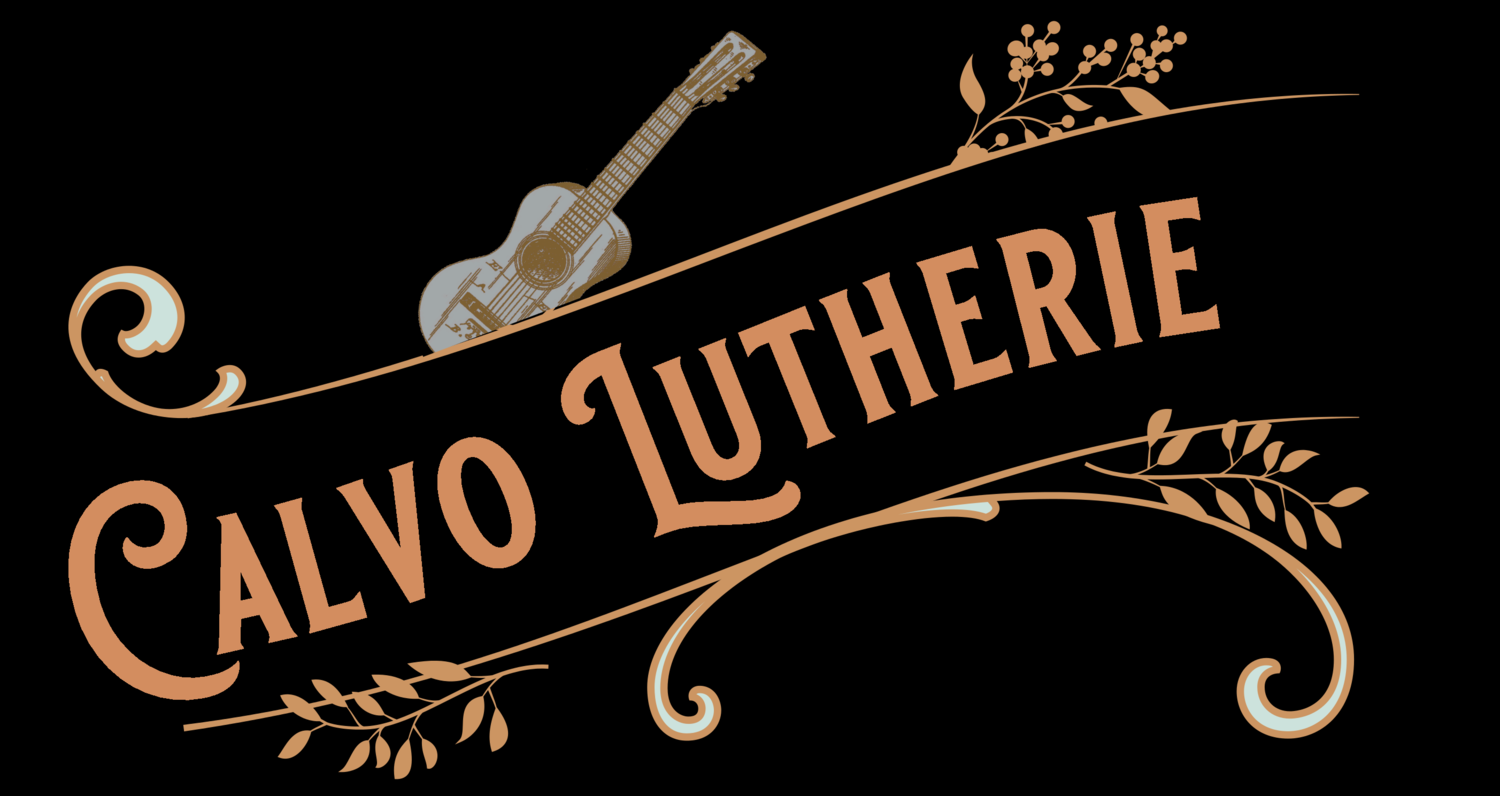Why “Calvo” Lutherie?
I started playing guitar at the age of six in rural New Hampshire in the 1960s. This was largely due to my father -- a brilliant pianist and lifelong lover of music of all genres. Almost simultaneously, I developed a keen interest in how these hourglass-shaped boxes with strings stretched over them worked. This led to dismantling my first guitar and consequently a six-year hiatus before my parents felt it safe enough to buy me another one.
During my college and early working years, I spent weekends performing in nightclubs around New England as a guitarist and bassist in a number of acts. Meanwhile, I continued to develop my interest in refurbishing and reselling instruments. Later, while doing quality control work for the US Navy in the 1980s, I acquired a taste for precision.
In 2004, I found myself living in Malaga, Spain. There, I pursued my interest in Flamenco music and dance while taking Spanish language lessons at the local university. It wasn’t long before neighbors and fellow Flamencos dubbed me “El Calvo” because I shave my head completely bald! Then, while visiting Granada, I had the chance to meet with the renowned Granada luthier Jose Lopez Bellido. For a few transformative hours, the maestro shared his little shop and his decades of experience with me. I was finally hooked on lutherie for good. Thus, not long after I returned to the U.S., I began building guitars in earnest. Eventually, Calvo Lutherie was born.
Some luthiers learn their craft through years of hands-on experience. Others have the good fortune to enjoy formal training at such schools as Roberto-Venn. While I’ve enjoyed some fine instruction from master builders in New England through New England Luthiers symposiums and one-on-one presentations, I’m not a traditional luthier by any means. Like the great Jose Romanillos, I am largely self-taught.
Most of my work is done the age-old way, by hand. I build my Classical and Flamenco guitars largely in the traditional way: upside down on a solera. One major difference is a construction technique I call a false Spanish foot, which structurally replicates a traditional Spanish foot but allows for the neck to be removed easily for adjustment and repairs. My Flamenco bracing is largely in the style of Marcelo Barbero, and Classical bracing is after Torres – although I have recently started incorporating fanned lattice bracing into some of my instruments. I also build tenor ukuleles along precisely the same Classical lines, resulting in instruments that are bright, resonant, and enjoy greater sustain than most modern ukes.
My steel string instruments hew closely to historical designs. Internally, I use a modified double-X bracing system introduced to me by well-known New Hampshire luthier Alan Carruth. (The lower X replaces the transverse struts on the lower bout normally seen on Martin-style X-bracing.)
I have a limited but growing line of period instruments. These are historically informed and built to look and sound “period correct” rather than being simply modern instruments made to look period. They include Baroque guitars and Medieval lyres, all from historical examples such as Stradivari’s Sabionari guitar and the 5th-century Trossingen lyre. The only difference is that I tend to use domestic woods (Maple, Walnut, Cedar) instead of imported European counterparts.
As a musician’s craftsman, I understand the need and desire for quality work at reasonable prices. It is my goal to provide players of any skill level with a hand-made instrument built to fit their needs at a price they can afford. Toward that end, I offer customers a range of tone and top wood, hardware, and choices of both structural and aesthetic options to create their ideal, one-of-a-kind instrument.
I won’t sell a guitar that I wouldn’t enjoy playing myself. That’s my guarantee.
-Paul Hoogeveen, Luthier
Calvo Lutherie

